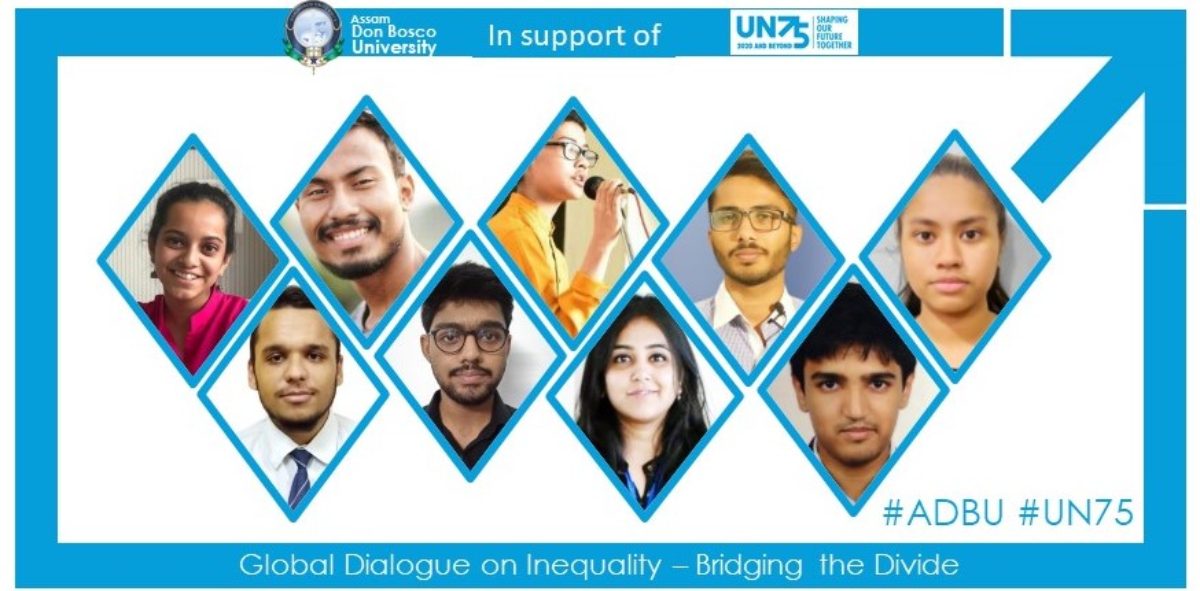Today, wherever people live, they don’t have to look far to confront inequalities. Inequality in its various forms is an issue that will define our time. Confronting inequalities has moved to the forefront of many global policy debates as a consensus has emerged that all should enjoy equal access to opportunity. ‘Leave no one behind’ serves as the rallying cry of the 2030 Agenda for Sustainable Development.
Overall, since the 1990s total global inequality (inequality across all individuals in the world) declined for the first time since the 1820s. Reinforcing this trend, we have mostly seen income inequality between countries decline. Yet income inequality within countries has risen, this is the form of inequality people feel on a daily basis.
Inequalities are not only driven and measured by income, but are determined by other factors – gender, age, origin, ethnicity, disability, sexual orientation, class, and religion. These factors determine inequalities of opportunity which continue to persist, within and between countries. In some parts of the world, these divides are becoming more pronounced. Meanwhile, gaps in newer areas, such as access to online and mobile technologies, are emerging. The result is a complex mix of internal and external challenges that will continue to grow over the next twenty-five years.
INCOME INEQUALITY BETWEEN COUNTRIES HAS IMPROVED
For the most part we have seen income inequality between countries improve in the last 25 years, meaning average incomes in developing countries are increasing at a faster rate. This can be accredited to strong economic growth in China and other emerging economies in Asia. However, the gap between countries is still considerable. For example, the average income of people living in North America is 16 times higher than that of people in sub-Saharan Africa.
INCOME INEQUALITY WITHIN COUNTRIES IS GETTING WORSE
Income inequality between countries has improved, yet income inequality within countrieshas become worse. Today, 71 percent of the world’s population live in countries where inequality has grown. This is especially important because inequalities within countries are the inequalities people feel day to day, month to month, year to year. This is how people stack up and compare themselves with their neighbours, family members, and society. Since 1990, income inequality has increased in most developed countries and in some middle-income countries, including China and India. While inequality has gone up in the majority of countries over the past three decades, it has fallen in a few. In Latin America and the Caribbean, there has been a considerable decline, although levels remain high. In Africa and Asia, trends have been more varied, with greater similarities between emerging economies or landlocked developing countries, and between
rural or urban areas, than within regions.

